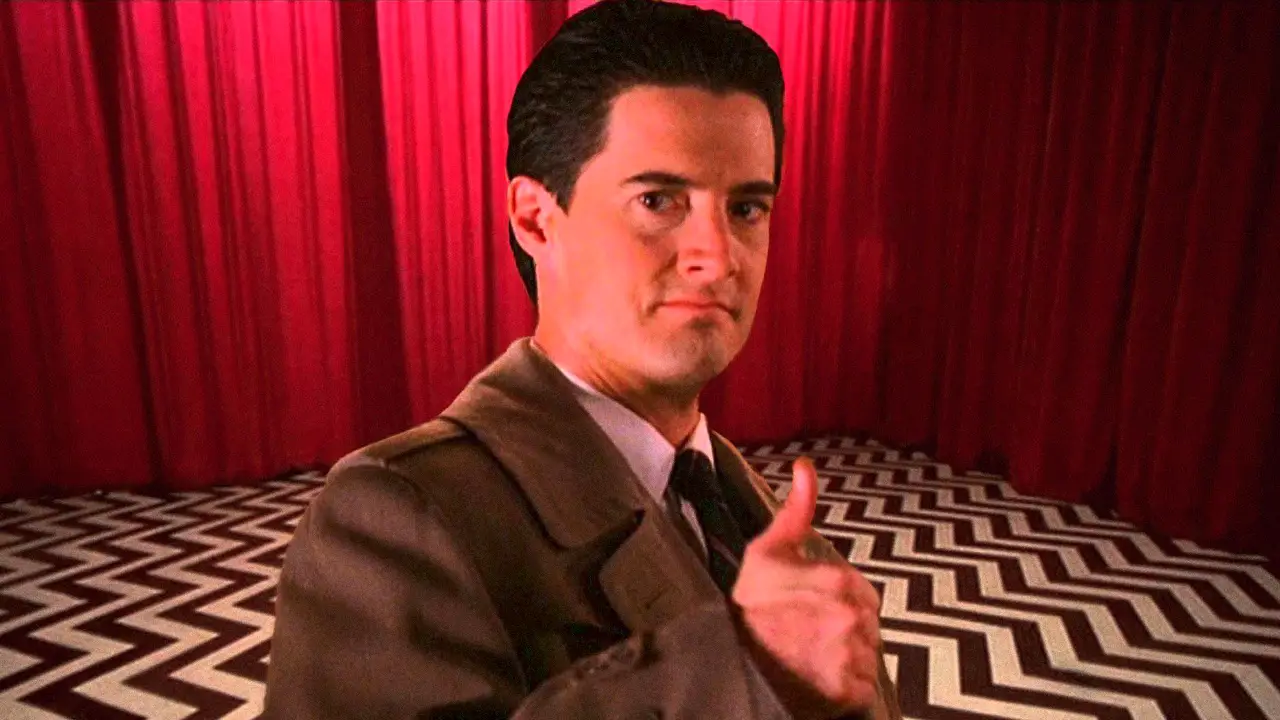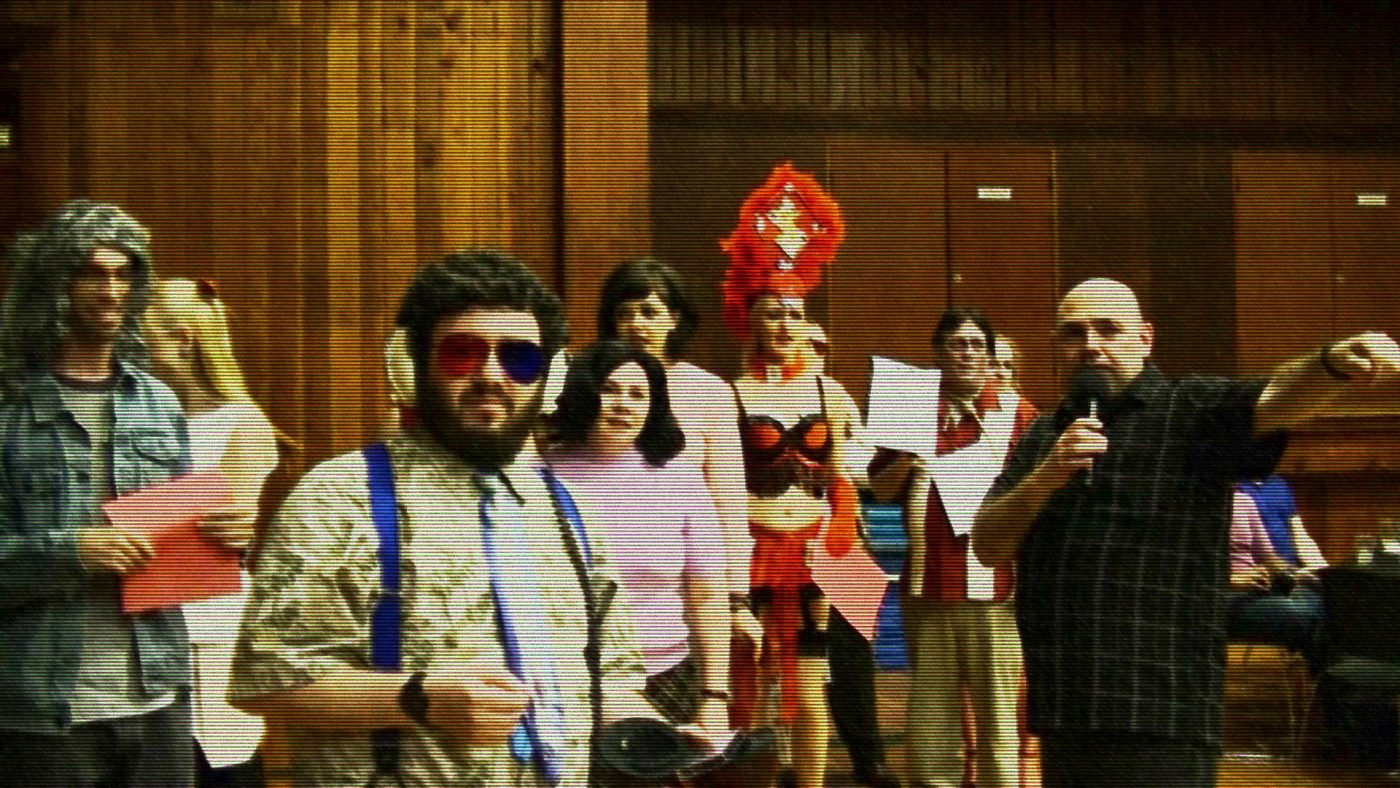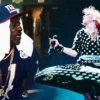In an age of toxic fandom, the fans of one particular show demonstrate that there’s a much better way
[dropcap size=big]W[/dropcap]hen it comes to entertainment fandom, it hasn’t been a particularly nice couple of years.
The fracturing of America in the Trump years has played out in parallel across various fandoms, as a large chunk of “Star Wars” enthusiasts have risen up in revolt against the supposed “SJW” tilt of the recent films in that series.
From comic books to blockbusters to even the She-ra reboot, the “Gamergate” debacle of 2014 has repeated itself over and over again, with one single constant: Vicious and entitled fans, almost entirely white and male, believing that their personal proclivities about the casting, politics, faithfulness to canon and other decisions about popular culture are all the more reasons to come at creators and/or other fans with threats of murder and rape.
From comic books to blockbusters to even the She-ra reboot, the “Gamergate” debacle of 2014 has repeated itself over and over again…
It’s a huge problem with no easy solutions, one that appears to be getting worse over time and not better, and threatens to derail the future of fandom itself.
However, there is a positive side to fandom. It can bring people together rather than tear them apart. It can foster a legitimate and lasting sense of community, and help make the work itself more enjoyable, rather than less. And there’s one fandom that exemplifies this more than any other: That of Twin Peaks.

Wrapped In Plastic
As a fan of Twin Peaks, since its first two seasons aired the years I was in 7th and 8th grade, I’ve always been somewhat in awe of the show’s persistent and loving following. And that may have something to do with the series’ weird trajectory.
Twin Peaks was a bonafide cultural phenomenon for about four months in the spring and summer of 1990, but it’s been a niche product for the ensuing 28 years.
The series, created by David Lynch and Mark Frost, captivated mainstream audiences with its “who killed Laura Palmer?” murder mystery, as well as its unique style and level of ambition that it brought to episodic television, something that TV wouldn’t see again until the Sopranos/Mad Men/Breaking Bad era 20 years later.
…that’s one thing that’s so incredible about Twin Peaks fandom: It persevered, for a very long time, even without any new content to analyze or discuss.
Twin Peaks fell off a ratings cliff during its up-and-down second season, which led to its cancellation by ABC. A 1992 prequel movie, Fire Walk With Me, was a box office flop, and that was that… for 25 years, until Twin Peaks was revived for an 18-episode limited series on Showtime in 2017. And even that series, which was nearly universally loved by Peaks fans, delivered subpar ratings.
And that’s one thing that’s so incredible about Twin Peaks fandom: It persevered, for a very long time, even without any new content to analyze or discuss. Star Wars and Star Trek fans may think they’re part of a small subculture of put-upon nerds, but they’re really not – both of those have been a part of the monoculture for decades. Twin Peaks is different: It’s not only deeply, definitionally weird, but those who love it are actually a relatively small group.
I’ll See You Again In 25 Years
The series was cancelled in 1991, the movie came out in 1992, and then there was no new show for a quarter of a century, until 2017. But during that time, a whole lot happened in the fandom.
They produced zines, like Wrapped in Plastic. Twin Peaks communities proliferated online when consumer adoption of the Internet widened in the few years after the series went off the air, as fans shared their theories about Agent Cooper and BOB and the One-Armed Man. Then as new releases of the series arrived on VHS, then DVD, and then Blu-ray over the years, fans gathered to discuss the episodes and deleted scenes.
It was clear all along that Twin Peaks fandom was expanding, as younger people and others who hadn’t been watching from the start discovered the series, via home video or Netflix.
And then, something miraculous happened. On October 4, 2014, Mark Frost sent this tweet:
Dear Twitter Friends: That gum you like is going to come back in style.#damngoodcoffee
— Mark Frost (@mfrost11) October 3, 2014
The news was official a few days later: Twin Peaks was coming back, on Showtime, for a limited series. Sure, there was some drama – David Lynch left the project for a time before returning, and it took almost three years for the series to reach screens (a year after the originally planned release date in 2016), but return it did; and as the 18 episodes of Twin Peaks: The Return unspooled over the course of the summer, Peaks fans used the tools of 2017 – Twitter, subreddits, podcasts – to dissect each episode. Since the new episodes were denser, weirder, and more out there than even the first two seasons, with all sorts of unexplained subplots and asides, the Peaks fans always had a lot to talk about.
Toxicity Avoided
What’s doubly fascinating is what didn’t happen in Twin Peaks fandom over the course of the revival.
There was never any groundswell of fans who rejected the new season as “not the real Twin Peaks,” a la the current misguided nerd uprising against Star Wars. There was no indication of a major generational divide, or any assertion by original fans that those younger than them weren’t an authentic part of the fandom if they hadn’t been around for the ABC run.
There was never any groundswell of fans who rejected the new season as “not the real Twin Peaks,” a la the current misguided nerd uprising against Star Wars.
Another thing? There was no over-arching movement in fandom against any particular female character, nor were there sustained potshots at the looks of Sheryl Lee, Sherilynn Fenn, or any other returning actress.
It certainly helped that the 2017 revival was good, and true to the spirit and style of the original series, and totally worthy of attention and discussion.
No, I’m not going to say that there has been NO toxicity, or NO harassment, anywhere among the Twin Peaks fandom. That’s not something that can ever be categorically ruled out. But there’s no indication that this has occurred in any significant way.
It certainly helped that the 2017 revival was good, and true to the spirit and style of the original series…
There’s another major contrast between Twin Peaks and just about every other nerd fandom: Fan theories. In general, across all of popular culture, fan theories are terrible. About 95 percent of the time, they’re silly, obviously wrong, and nearly always say more about the fan than about the work.
But Twin Peaks fan theories have reversed that ratio: They’re great! Even going back to the USENET days, Peaks theories have shed an unbelievable amount of light on this often opaque series, something that’s continued pretty much all along.
This was especially beneficial during the Showtime season – as demonstrated during a Twin Peaks panel at the recent Split Screens festival in New York:
This particular video, from the YouTube channel Take the Ring, provides probably the clearest explanation I’ve seen of what was really going on in Twin Peaks: The Return.
Damn Good Fans
So what is it that makes Twin Peaks fans so much less toxic than most other nerd fandoms? There are a few theories. One is that the group is considerably less male-dominated than of, say, Star Wars or Batman. Secondly, Twin Peaks tends to attract a certain type of person, or better yet, a certain type of nerd who appears less inclined to toxicity.
What’s the reason for this? I put the question to the Twin Peaks fandom itself, and got some interesting answers:
Question for #TwinPeaks fans: My impression is that compared to most other rabid fandoms, there's a lot less toxicity and hatefulness in the Peaks community. Am I right? Have there been incidents/controversies in this regard that I'm not aware of? And if I'm right, why is that? pic.twitter.com/ZIarwJ4ZKQ
— Stephen Silver (@StephenSilver) July 6, 2018
“I have to say I was as astounded as you seem to be in regards to the friendliness and civility of the fan base. Compared to say, Star Wars or maybe Walking Dead, Twin Peaks fans seem to be more open to new ideas and opinions. Even if the latter is not entirely true, the absence of vitriol is palpable and refreshing,” said Jeremiah Beaver, producer of that Take the Ring video above.
“Twin Peaks fans are the best,” said Steve Surati on Twitter. “Very nice and supportive. Just don’t ask who is the best Donna.”
“There’s something about the writing and explorative themes of TP that attracts the thinkers, the creatives and the open – and generally those people are pretty cool,” said the proprietor of the Twin Peaks UK Festival Twitter page.
“Outside of some of the nichier corners of the online conversations, we’re one of the most open and intellectually curious and friendly fandoms going,” said the hosts of the Twin Peaks season 3 podcast, Andy Rickie and Hayley Sass. “A lot of brilliant people, and frequent opportunities for real life meetups too.”
“The wide flexibility in interpretation built into Lynch/Frost’s universe, and especially Lynch’s own reluctance to explain its secrets or come up with easy, pat answers lends itself, I think, to an intelligent and accepting interpretive fan community,” said J. Calvin Smith.
“I think some of that may be down to the fact that there are a lot less people involved, in comparison to Star Wars for instance,” said Paul Casey. “Another reason might be because David Lynch attracts more compassionate, intelligent people, given the artistic demands that he asks of his audience.”
“The Twin Peaks narrative and structure encourages personal interpretation,” Beaver added. “This leads to theory and analysis being a major part of the fan experience. This is also intrinsically understood by the overwhelming majority of the fans. It’s as though fans are playing a game with no rules, so the few people complaining about following the rules (or lack of rules) are basically ignored and/or encouraged to think about it differently.”
“We tend to be cut from a different cloth than most fandoms,” said Michelle Klein-Haas.
I think my favorite answer came from an account called “Dana Ashbrook’s Hair”: “I think when it comes to Twin Peaks, us fans are too busy theorising and gushing about the show to be horrible to each other.”
“What year is this?”
There are a lot of reasons why one might fall under the spell of Twin Peaks. Some fans relate to Laura Palmer, others to Agent Cooper. Some fall in love with the show’s mythology, others just love the visual style, or the setting, or come from towns that resemble the fictional Twin Peaks.
It’s hard to explain why I fell in love with Twin Peaks when I was 12 years old, despite probably being too young to watch it or even really understand what it was all about.
…one of the best things about Twin Peaks has always been knowing that something so weird, and so out-there, is not only appreciated, but understood by others.
But as I revisited the series periodically over the years, I always noticed new things, and found that different aspects of it hit me in new ways. It was apropos that I happened to be visiting my parents the weekend the finale aired, meaning I was watching the show in the same house where I’d watched every episode of the first two seasons in 1990 and ’91.
Still, one of the best things about Twin Peaks has always been knowing that something so weird, and so out-there, is not only appreciated, but understood by others. That’s what’s at the heart of this strange, wonderful fandom.




